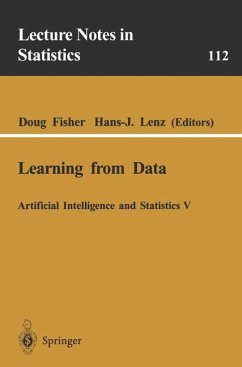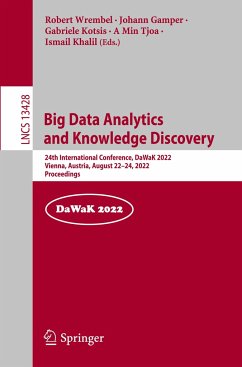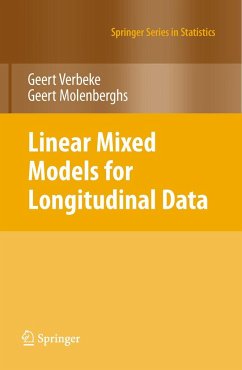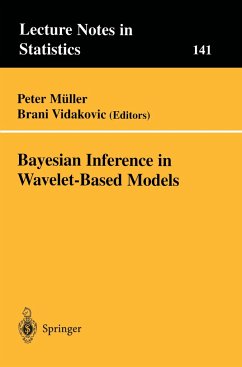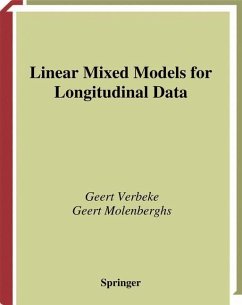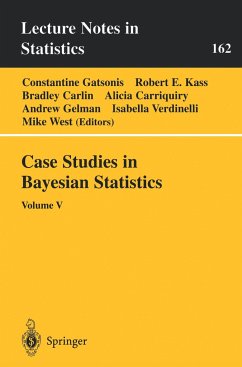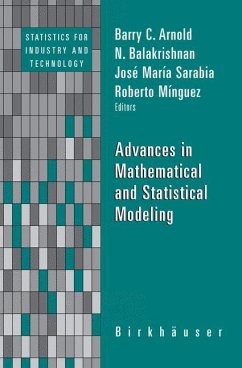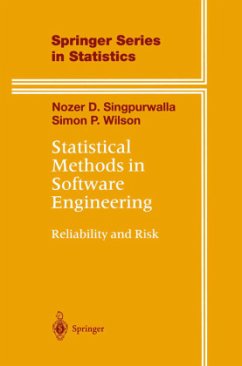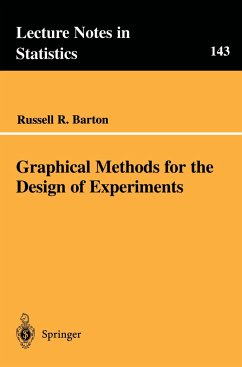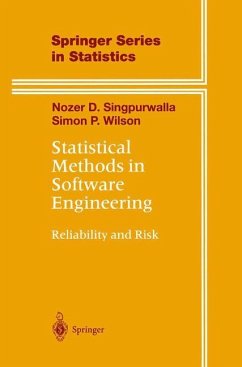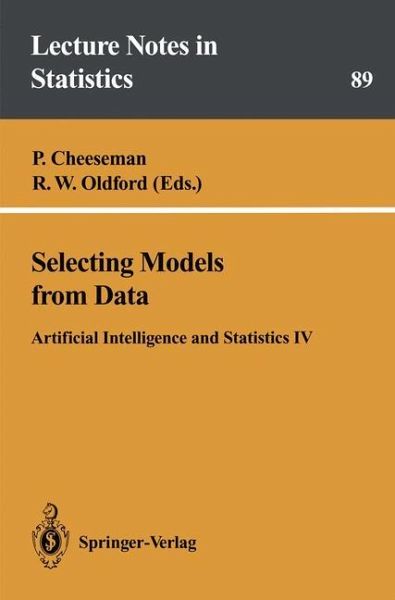
Selecting Models from Data
Artificial Intelligence and Statistics IV
Herausgegeben von Cheeseman, P.; Oldford, R.W.

PAYBACK Punkte
39 °P sammeln!
This volume is a selection of papers presented at the Fourth International Workshop on Artificial Intelligence and Statistics held in January 1993. These biennial workshops have succeeded in bringing together researchers from Artificial Intelligence and from Statistics to discuss problems of mutual interest. The exchange has broadened research in both fields and has strongly encour aged interdisciplinary work. The theme ofthe 1993 AI and Statistics workshop was: "Selecting Models from Data". The papers in this volume attest to the diversity of approaches to model selection and to the ubiquity ...
This volume is a selection of papers presented at the Fourth International Workshop on Artificial Intelligence and Statistics held in January 1993. These biennial workshops have succeeded in bringing together researchers from Artificial Intelligence and from Statistics to discuss problems of mutual interest. The exchange has broadened research in both fields and has strongly encour aged interdisciplinary work. The theme ofthe 1993 AI and Statistics workshop was: "Selecting Models from Data". The papers in this volume attest to the diversity of approaches to model selection and to the ubiquity of the problem. Both statistics and artificial intelligence have independently developed approaches to model selection and the corresponding algorithms to implement them. But as these papers make clear, there is a high degree of overlap between the different approaches. In particular, there is agreement that the fundamental problem is the avoidence of "overfitting"-Le., where a model fits the given data very closely, but is a poor predictor for new data; in other words, the model has partly fitted the "noise" in the original data.



